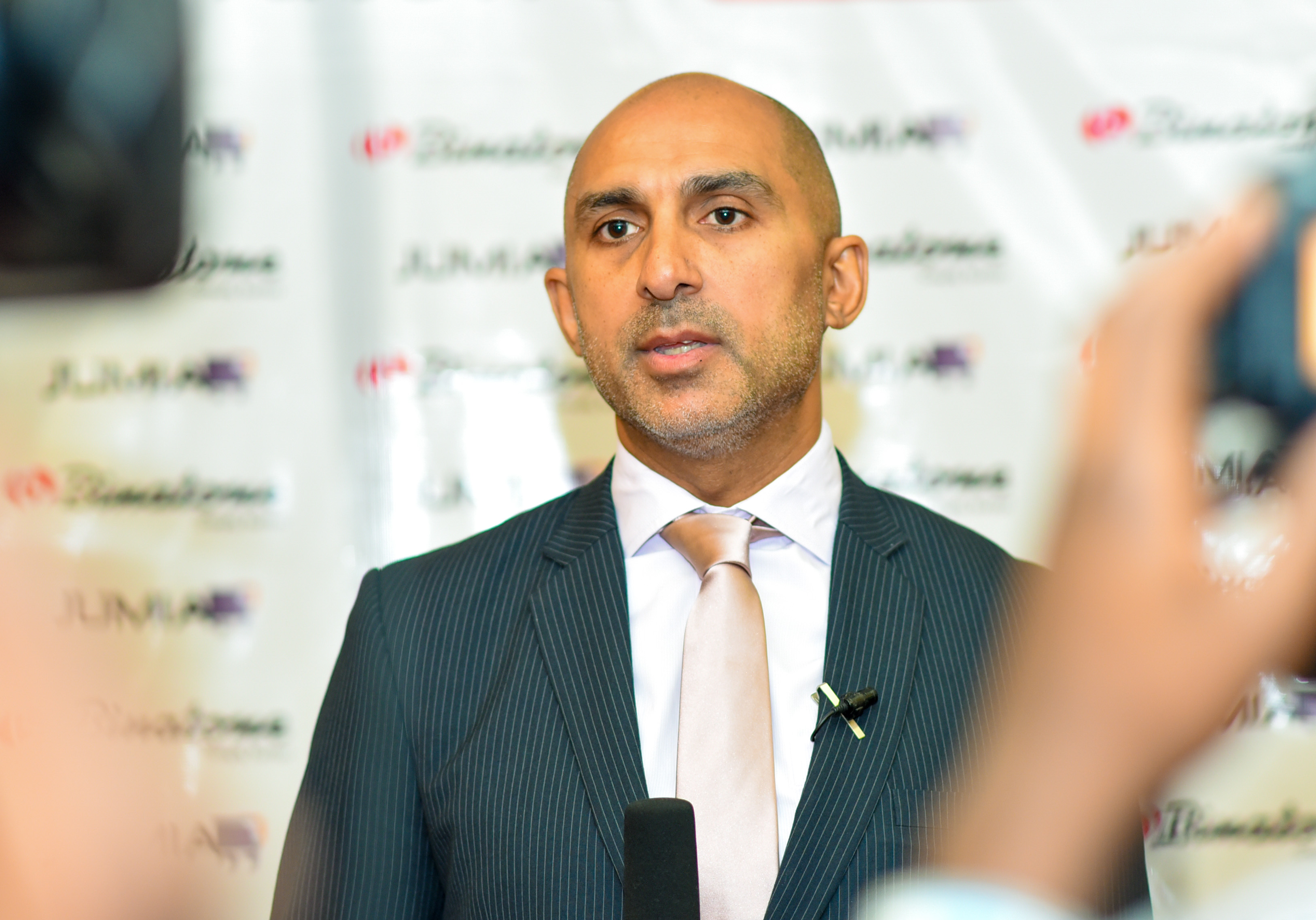With a strong presence in west and central Africa, Binatone joins a list of a growing appliance suppliers in the region
By Tullah Stephen
Though the home appliance market is at a nascent stage in East Africa, it ranks high among the promising sectors. This promise is driven by a growth in population and in particular the rise of the middle class population. The market demand and changes in consumer behavior is attracting global players into the African market, hotting up the competition for the hearts, minds and pockets of the growing numbers of consumers.
Chinese, South Korean as well as some European companies are making advances with this new group, which has the disposable income to purchase home appliances. Binatone, a British company, became the latest entrant into the East African market when it ventured into Kenya.
Binatone is a family business founded in 1958 that imports and distributes consumer electronics. The company, according to Mr Sunil Lalvani, was built on the premise of understanding people, technologies and the environment in which it operates. Over the past 40 years, Binatone has been actively present in Africa, with operations in over 20 countries. By the end of 2014, the company had already sold more than 100 million products.
Attractive
Mr Lalvani says the opportunity that East Africa presented was hard to ignore. “We have a significant presence in West and Central Africa and we look at Kenya as a gateway to establishing ourselves in East Africa.”
The range of products that Binatone offers is broad. The most popular include standing, rechargeable and ceiling fans, digital voltage regulators, rice cookers, blenders with grinders, steam and dry irons, gas cookers, chest freezers, refrigerators, water dispensers among others.
According to Mr Lalvani, Binatone targets a population group whose median age is 19. This group, he says, is either joining the workforce or establishing an independent family, merging with the ballooning middle class that currently accounts for 45 per cent of the total population.
Mr Lalvani says the African market is a tricky one and for a company to survive, it needs to above all have an understanding of the market and what the population demands. Already the continent is flooded with Chinese and South Korean companies offering similar products. But how does Binatone plan to capture the market?
Flooded market
Admitting that there are a number of companies offering similar products, Mr Lalvani says the mistake most of them make is the blanket assumption of market trends and demands. The main challenge for African consumers remains stability in power supply, especially in rural areas where around half the population is concentrated. But even in places where there is power supply, it is often unstable. Mr Lalvani says his company understood that and introduced rechargeable and ceiling fans that ensure continuity even during blackouts.
“Africa for long was considered more of a ‘dumping ground’ for surplus products from developed nations. But those days are long gone. Today the African consumer is making specific demands — good quality combined with affordable prices and products tailored to its environments.”
But what customers value most, Mr Lalvani says, is simply the assurance and peace of mind they get from buying a product. Binatone now offers a two-year warranty on its products.
E-commerce
The British company plans to leverage on the expanding e-commerce platforms to sell its products. E-commerce has, in the last few years, become the foremost trend for purchasing home appliances due to the numerous benefits and competitive discounts combined with innovative credit schemes, making acquisition easier for the low to middle income population. This is further accelerated by the increasing level of awareness of appliances driven by the rapidly increasing use of smartphones.
Binatone has partnered with Jumia, an e-commerce shop in Kenya to help distribute the brand across the country. Mr Lalvani says building on the collective strengths of quality design, performance and affordability, the company hopes to tap into the country’s young and robust tech savvy generation.
Challenges
A highly segmented population with vast income differences leads to difficulties in product development and marketing. A large number of people still find products unaffordable, are not included in the formal economy, and are unable to use innovative financing schemes as even ICT is unavailable to them.
There is not enough disruptive innovation to meet the distinct needs and payment abilities of populations in this sector. “In terms of competition, there are of course the traditional presences, but the dynamics, nature and developments in African markets mean that positions and opportunities are changing rapidly and hence you have to be alert,” Mr Lalvani says.
Despite the major challenges such as the prevalent shortfalls of the power grid, or temporary, such as diseases or political problems, Mr Lalvani says it is worth pointing out that East Africa’s economy is projected to grow to 6.7 per cent in 2016 sustained by a rapidly changing local market. This prospect makes the region the most attractive on the continent when compared to others.”

